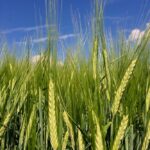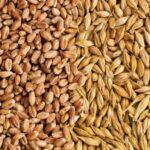Compared to last week, western Canadian feeder cattle markets were relatively unchanged. Lower flesh yearlings appeared to trade $2-$3 higher in certain pockets of Alberta but replacements carrying excessive butter experienced severe discounts of $6 to as much as $10 in some cases. October and December live cattle futures made fresh contract highs, which underpinned […] Read more













